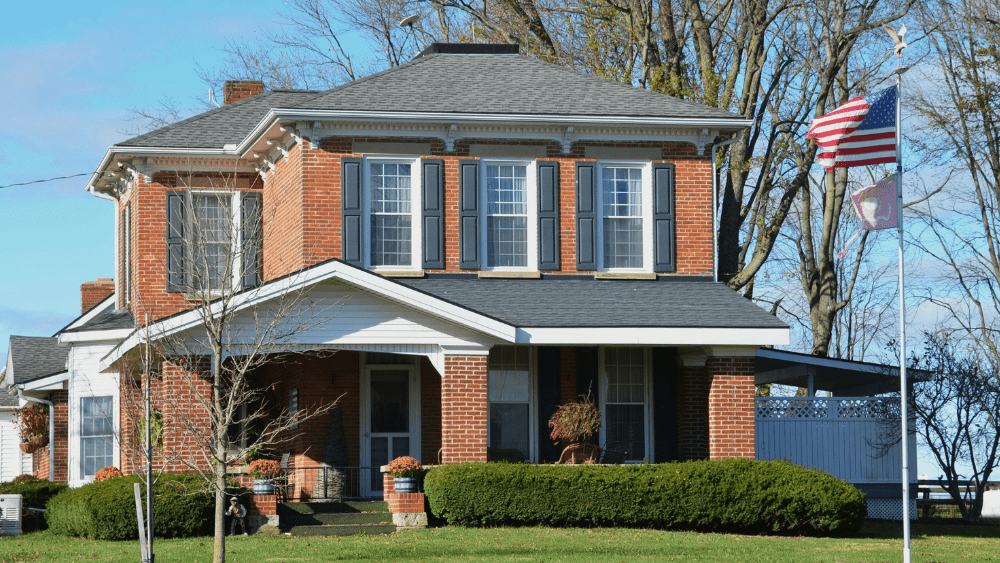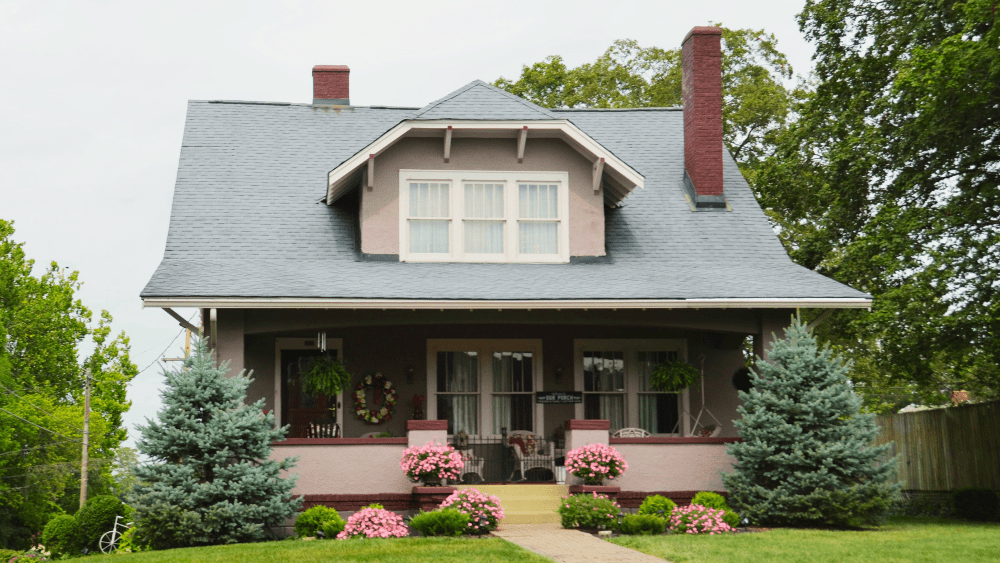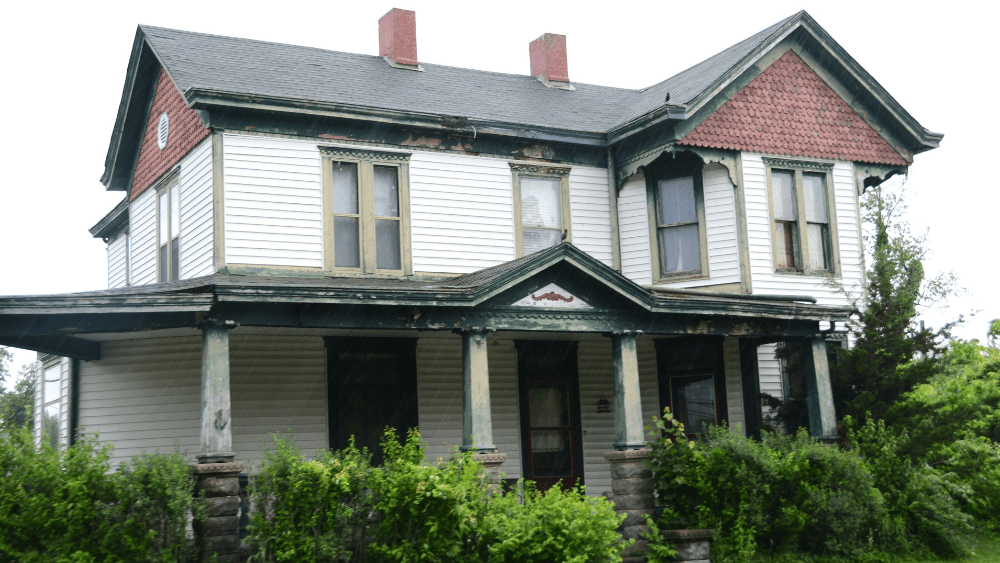
For roughly 6% of Americans, the only thing better than owning their own property is owning two of them. Investing in a second home can be a sound financial investment, while also providing a safe and comfortable place to stay while vacationing — or even to live in mostly full-time. But there may come a time when second-homeownership has run its course, and it makes more sense to sell the extra property than to keep it. Perhaps you’ve moved too far away to enjoy it, or you don’t have the time or interest to maintain it. Or maybe your financial situation has changed, particularly under the strain of COVID-19, and you need to liquidate the equity in the second home to shore up your savings. Whatever your motivation to sell a second home, it’s important to know what to expect in terms of taxes. When selling a primary home, the seller generally doesn’t have to worry about paying taxes on any profits — the IRS allows a single homeowner to forego taxes on up to $250,000 gained from the sale, and a married couple can exclude up to $500,000. But with the sale of a second home, you will be responsible for paying taxes on any profits you make, at a rate of up to 20%, depending on your tax bracket. For example, if you purchased the home for $400,000 and sold it for $515,000, you would be responsible for up to 20% of the $115,000 profit, or $23,000. “A non-primary residence — whether it is a second home, rental property, or a ‘fix-and-flip’ — is treated as an investment asset as opposed to a place where you reside,” explains real estate attorney Rajeh A. Saadeh. “So, when the investment home is sold, any profit realized from the sale, which is calculated by taking the sale price and subtracting costs of the home, including the depreciated purchase price, is taxed as income.” Micha Weinstein, an Airbnb property investor in Chicago/Western Michigan and owner of Inside 1031, explains that the vast majority of vacation homes are considered personal property and are fully taxable when sold, just as a stock would be. With an investment property, Weinstein points out that you can deduct depreciation on an annual basis, but you can’t depreciate a second home if it’s only used for personal use. According to the IRS, there are two main categories of capital gains tax: Saadeh explains the difference between the two: “Short-term capital gains, which are gains on sales of assets that are held for one year or less, are treated as ordinary income for tax purposes. Long-term capital gains, which are gains on sales of assets that are held for more than one year, are taxed at a fixed amount, not more than 20%, depending on your income. For most people, long-term capital gains tax rates are much lower than their ordinary income tax rate.” A capital gain rate of 15% applies if your taxable income is $78,750 or more but less than $434,550 for single; $488,850 for married filing jointly or qualifying widow(er); $461,700 for head of household, or $244,425 for married filing separately. However, a net capital gain tax rate of 20% applies to the extent that your taxable income exceeds the thresholds set for the 15% capital gain rate. Use this chart to determine your long-term capital gains tax: Data Source: (IRS) Don’t kiss all of those tax dollars away just yet. Anna Paduhovich, a top real estate agent in Virginia Beach, points out that you may be able to reduce the amount of capital gains tax you’ll have to pay on the sale of your second home. “It’s best to talk with your accountant to identify any potential savings, as real estate tax can get pretty complex,” she says. Depending on your situation, there are a couple of different ways that you may be able to mitigate some of your capital gains: At the most basic level, your capital gain is calculated by figuring out your cost basis and subtracting any profit made from the sale. The cost basis is the amount you spent to buy and improve your second home, including the purchase price, any acquisition fees, and the cost of any capital improvements you made while owning it. For example, if you purchased the home for $300,000 and sold it for $400,000, it would appear that you profited $100,000 from the sale. But if you also spent $15,000 on acquisition costs, $20,000 to renovate the bathrooms, and $30,000 to put on a new roof, your cost basis is actually $365,000, which means your profit would only be $35,000. You can also beef up your cost basis by adding any real estate fees paid when selling your second home, reducing your taxable gain even further. If your second home was rented out while you owned it, you could opt to deduct real estate depreciation for the number of days it was occupied by renters or available to rent each year. As an example, if the property was rented or available to be rented for 50 days out of the year, you could claim 50% of the yearly depreciation deduction. Each year, the depreciation would continue to reduce your cost basis. However, keep in mind that if you depreciate your second home, you’ll have to pay another tax called a depreciation recapture, which is a flat 25% of the cumulative depreciation. For example, if you’ve claimed $35,000 in total depreciation, you would face another $8,750 in taxes when you sell. According to Weinstein, this is the most common way that homeowners mitigate their tax liability on the sale of a second home. “If you rent out your second home and rarely stay in it, it can be counted as a rental property, and you’re then able to deduct interest payments, rental expenses, property taxes, property management fees, and depreciation,” he explains. To use this strategy, you’ll need to start renting out the home long before you list it. Another way to reduce your tax liability is to turn your second home into your first home. “If you’ve primarily used the property as a vacation home, you’re limited in terms of ways to defer or mitigate your tax liability,” says Weinstein. “But if you make the second property your primary residence, you’ll be eligible for up to a $500,000 exclusion.” It’s important to note that you can’t use this strategy if you have excluded a capital gains tax on the sale of another property within the past two years. Named for the IRS Code Section 1031, a “1031 exchange” — also called a “like-kind exchange” — allows you to swap out your existing home for another property of the same type without paying any capital gains tax. Paduhovich sees a lot of her clients using this strategy when planning for their retirement years. “Let’s say you own a three-bedroom, two-bath rental condo. You can sell it and then put the money back into a similar home, but you can’t live in it,” she explains. “You can continue doing that multiple times, rolling the profit into the sale and deferring the capital gains tax.” The 1031 exchange can only be used for real estate that’s an investment or business property, so you can only do the like-kind strategy if your second home is used primarily as a rental rather than for personal enjoyment. If you want to do a like-kind exchange, the clock starts ticking right after you sell the first property: You must find the replacement home within 45 days and must close on the second purchase within 180 days. If you miss that deadline, you’ll get hit with the full capital gains tax. So you’d like to take advantage of the 1031 exchange rule — but how do you know if your property and the replacement property qualify? According to Weinstein, for the initial property, these conditions apply: For example, if you rent out your vacation home at least 14 days per year for two consecutive years, don’t live in it more than 14 days per year, and it’s considered an investment property in the eyes of the IRS, it is eligible for the 1031 exchange. “One thing to note is that maintenance and repairs do not count toward the 14-day personal use limit,” Weinstein points out. “If you can prove that you went to your second home in order to fix something, that does not count against you.” The replacement property must meet the following criteria: Real estate taxes can get complicated fast. It’s best to partner with a real estate accountant and a real estate agent with experience in selling second homes. They can help you determine your net profits and identify opportunities to mitigate your capital gains tax, so you don’t pay more than you absolutely must. Disclaimer: Information in this blog post is meant to be used as a helpful guide, not professional tax advice. If you need help deciphering the taxes on the sale of your second home, please consult a skilled CPA.Selling a second home vs. selling a primary residence
What are capital gains taxes?
What’s the 2020 capital gains tax rate?
Capital Gain Tax Rate
Taxable Income (Single)
Taxable Income (Married Filing Jointly)
Taxable Income (Married Filing Separately)
0%
Less than $40,000
Less than $80,000
Less than $40,000
15%
$40,001-$441,450
$80,001-$496,600
$40,001-$248,300
20%
More than $441,450
More than $496,600
More than $248,300
Ways to reduce your capital gains tax
Adjust your profits to reflect any acquisition costs or property improvements.
Depreciate the property if it was used as a rental.
Rent out your second home.
Make your second home your primary residence.
Do a 1031 exchange.
Property requirements for the 1031 exchange
When in doubt, talk to a professional



